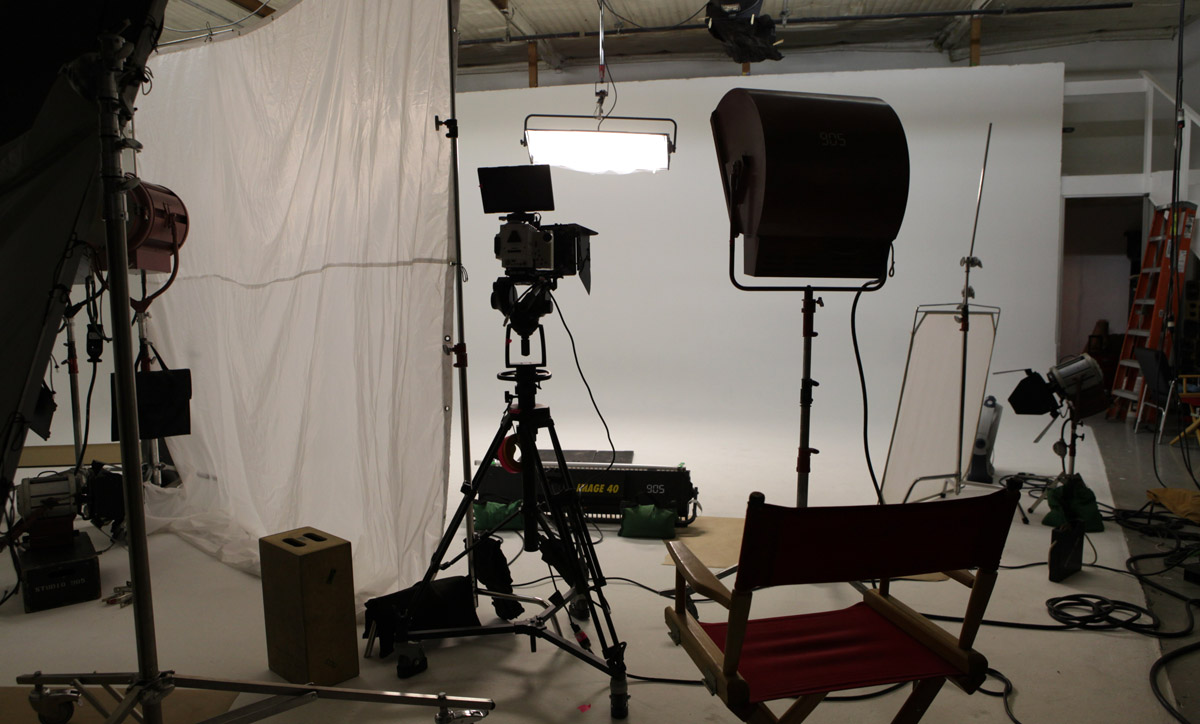Stop Lip Syncing and Let ‘Em Sing

by Andy Janning
While I’m fascinated by the business lessons delivered by popular movie characters, I think there is just as much to be learned by going behind the camera and examining the filmmaking process that brings those characters to life.
I’ll unpack this notion over the next several months in the Community, starting with one of the biggest movies in the country right now: Les Miserables.
Even thought I’m not a fan of musicals in general, this film adaptation of the Broadway classic is one of the most incredible movies I’ve ever seen. And it has a great deal to do with how the actors were allowed to perform their roles.
Background
Virtually all Hollywood musicals – from West Side Story (1961) and Grease (1978), to Chicago (2002) and High School Musical (2006) – are shot with the actors lip-syncing while on camera to a vocal track they pre-recorded in a studio weeks or months prior.
While this technique allows for a much smoother shooting process on the movie set, it injects a great deal of artificiality into an actor’s performance because he has to match what he’s doing while in front of the camera to what he was singing when in front of a microphone in a studio.
Director Tom Hooper, who won Academy Awards for Best Picture and Best Director for The King’s Speech (2010), decided to take a risk in filming Les Mis by having the actors sing their parts live while on camera. No vocals were recorded ahead of time, and it’s that in-the-moment audio performance that would be used in the final cut of the movie.
Hooper did this to allow the actors to truly “[be] in the moment, [be] in the present tense…I wanted to hand the power back to my cast [because] I wanted the film to feel real and visceral.“ Rather than having the artificial nature of lip-syncing take center stage, he wanted the actor’s performance and emotion to be the focus. He didn’t want the pitch-perfect singing and impeccable timing that are the hallmark of most modern film musicals; instead, he wanted the authentic experience of the character to take the lead and create a lasting connection with the audience.
Application
While Hooper’s actor-focused approach was embraced and praised by his cast, I think it would freak people out in corporate America.
Companies and leaders seem to spend an inordinate amount of time trying to drive out, smooth over, and minimize individual differences in their employee’s performances. They create detailed scripts for staff to read from during sales and service calls, spend hours and days ensuring the company dress code and behavior policies are driven home, and take employees behind the woodshed when they don’t lip-sync precisely to the tune recorded for them in advance by management.
Sure, you’ll gain uniformity and consistency by these and other heavy-handed measures of control. But consider just some of what you lose: an employee’s sense of empowerment, confidence, and trustworthiness. Tell them exactly what notes they must sing at all times and you drive out the creativity, nuance, and energy that made them unique enough to hire in the first place.
To be sure, there must be a reasonable amount of staff alignment to core goals and mission; the Les Mis actors couldn’t perform in sweatpants, and they did sing along to a piano accompaniment fed through earpieces that were digitally removed in post-production.
But by letting your employees improvise and take risks, by letting them be real and honest, you have an opportunity to let them create an extraordinary experience for members…and each other.
Next month, I’ll examine how a controversial change in a common camera setting for The Hobbit has profound implications for business leaders.





